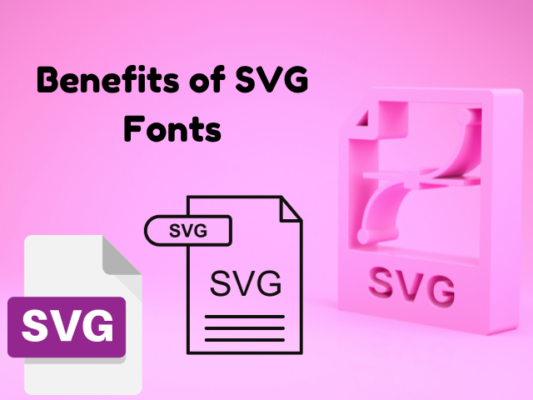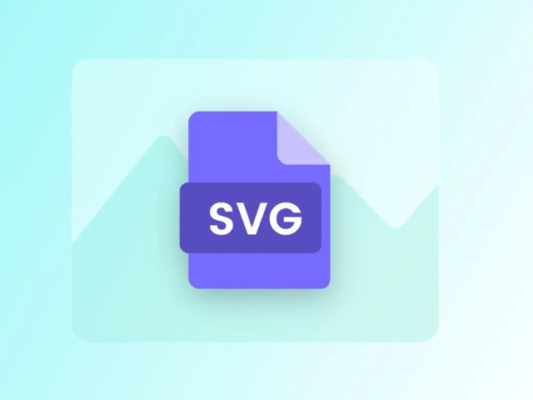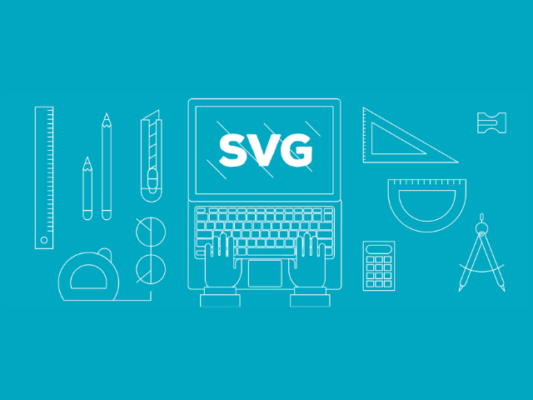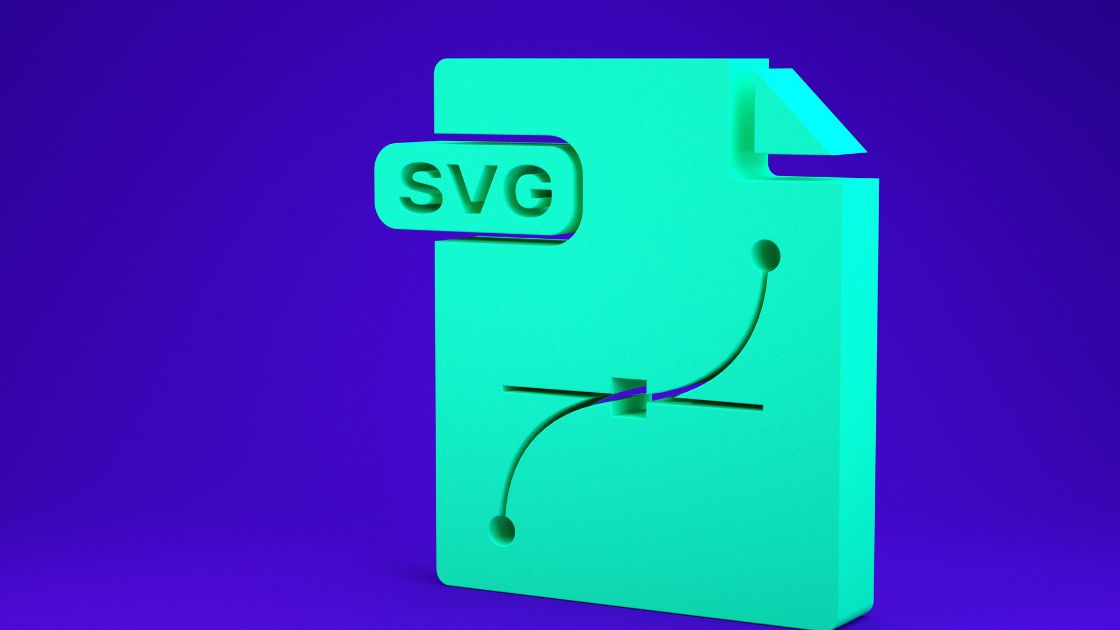What is SVG and Why Should You Use It?
SVG stands for Scalable Vector Graphics, a file format that uses XML to describe two-dimensional graphics. Unlike raster images, such as PNG or JPG, SVG images are made of mathematical shapes and paths that can be scaled up or down without losing quality. This makes them ideal for web design, especially for logos, icons, illustrations, and charts.
Benefits of SVG

There are many reasons why you should consider using SVG for your web graphics. Here are some of the main benefits:
Scalability: SVG images can adapt to any screen size and resolution, whether it is a desktop, a tablet, or a smartphone. They always look crisp and sharp, unlike raster images that can become pixelated or blurry when resized. SVG images are also resolution-independent, which means they do not need to be uploaded in different sizes for different devices.
Performance: SVG images have smaller file sizes than raster images, which means they load faster and consume less bandwidth. SVG images can also be compressed and optimized using various tools and techniques, such as removing unnecessary code, simplifying shapes, and using CSS or JavaScript to manipulate them. Faster loading times can improve user experience and SEO ranking.
Flexibility: SVG images can be edited and customized using any text editor or graphic design software that supports XML. You can change the colors, shapes, sizes, and styles of your SVG images using CSS or JavaScript, without having to create multiple versions of the same image. You can also add animations, interactivity, and effects to your SVG images using CSS or JavaScript, making them more engaging and dynamic.
Compatibility: SVG images are supported by most modern browsers, such as Chrome, Firefox, Safari, Opera, and Edge. They can also be embedded directly into HTML documents, or referenced as external files using the <img> or <object> tags. SVG images can also be converted to other formats, such as PNG or JPG, if needed.
How to Use SVG

To use SVG for your web graphics, you need to create or obtain SVG files that suit your needs. You can create SVG files using various graphic design software, such as CorelDRAW, Adobe Illustrator, Inkscape, or Sketch. You can also find and download free or paid SVG files from various online sources, such as Flaticon, Freepik, or Vecteezy.
Once you have your SVG files, you can upload them to your web server, or embed them into your HTML documents. You can also use CSS or JavaScript to style and animate your SVG images, or add interactivity and functionality to them. For example, you can use CSS to change the color or size of your SVG icons on hover, or use JavaScript to make your SVG charts respond to user input or data changes.

Conclusion
SVG is a powerful and versatile file format that can enhance your web design and development. By using SVG, you can create scalable, responsive, and interactive web graphics that look great on any device and browser. SVG can also improve your web performance and SEO ranking by reducing your file size and loading time.

